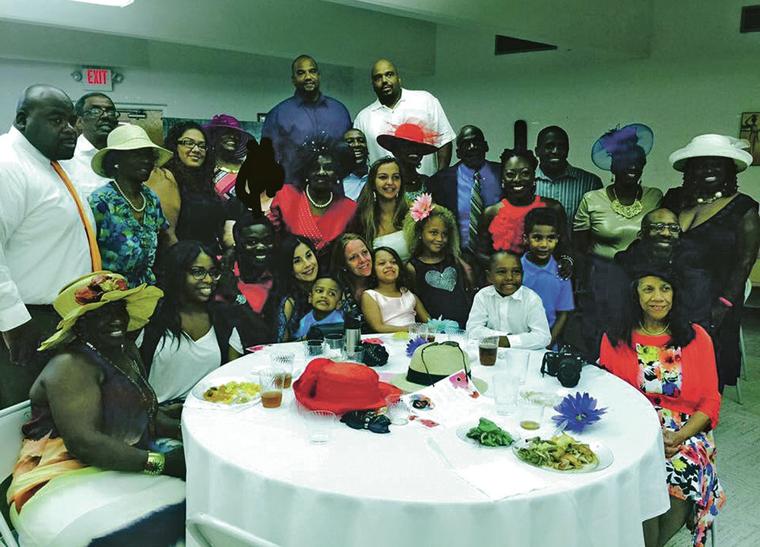Afro-Latinas Work for Cultural SurvivalPosted in Anthropology, Articles, Census/Demographics, Latino Studies, Media Archive, United States on 2015-11-29 19:08Z by Steven |
Afro-Latinas Work for Cultural Survival
teleSUR
2015-03-20
Mai’a Williams
Quito, Ecuador
In recent years, there has been a resurgence of Afro-Latino youth in the U.S. rooting themselves, their families and their communities in their African heritages as a way to create cultures of resistance to the dominant narratives of colonization and white supremacy.
These movements have been for the most part led by Afro-Latina women who live within the intersections of oppression, gender, class, race, and immigration. They take inspiration from the past, as well as the future. And they work to co-create cultures that can fight against the overwhelming tide of erasure of their own African diasporic existences.The work of embracing Afro-Latino identity is a work for cultural survival and connection.
The U.S. Census Bureau reported that in 2010, 2.5 percent of the 54 million Latinos living in the United States co-identified as black. Many Latinos say that number is a significant undercount. Nicholas Jones, chief of the Bureau’s Racial Statistics Branch said, “I believe that what we’re hearing from the Afro-Latino community is that they do not believe that those numbers accurately illustrate the Afro-Latino community presence in the United States, and that’s the dialogue that we’re having.”
In the same census, over half of Latinos also identified themselves as white and 36 percent marked themselves as “some other race.”…
Read the entire article here.


